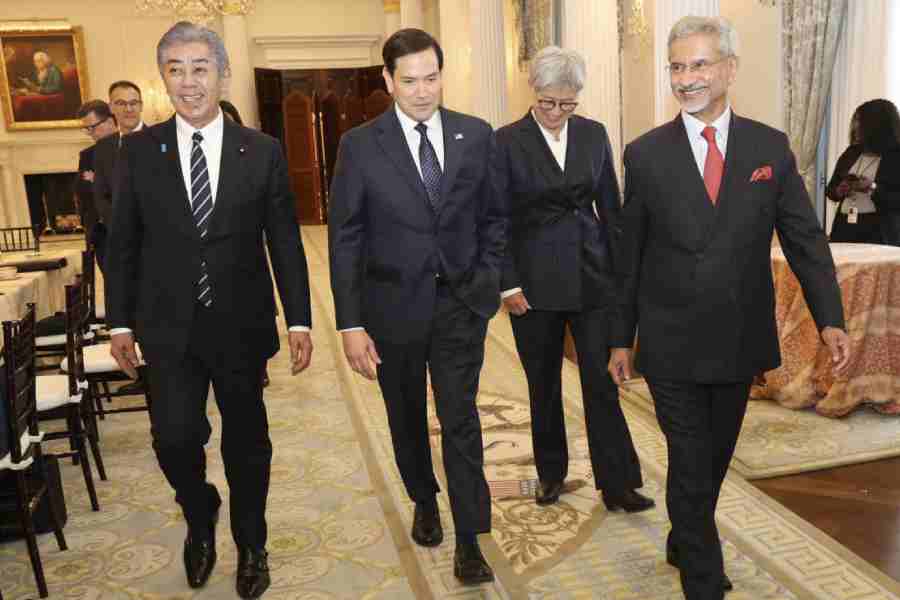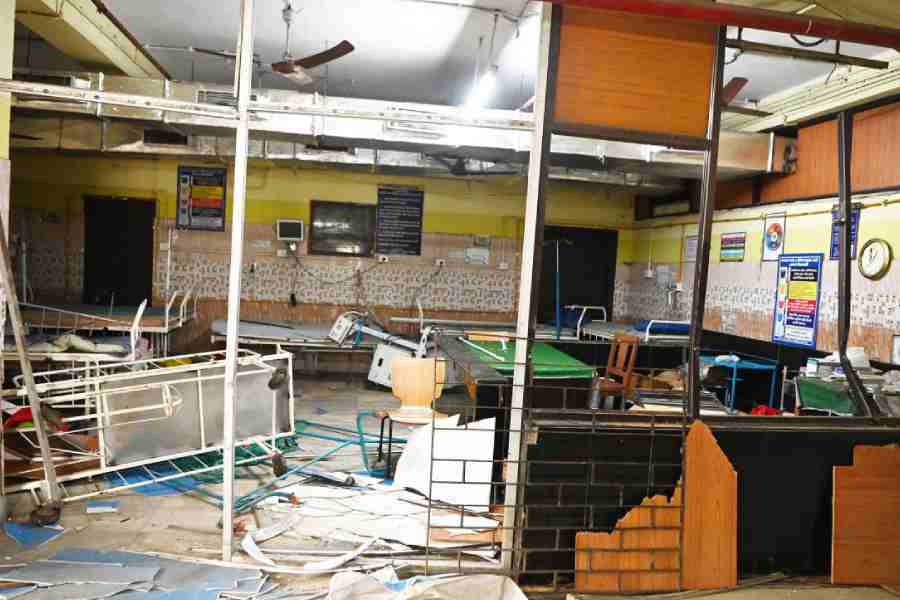Caches of important but forgotten photographs have a way of being serendipitously discovered after remaining confined in boxes for years. In 2012, for instance, a shoebox full of raj-era glass negatives of Calcutta (possibly of 1912 vintage) was found in Edinburgh, Scotland. Similarly, the photographs that Kulwant Roy (1914-1984), a pioneer of photojournalism, had taken would have passed into oblivion had Aditya Arya — from whose granduncles Roy had learnt photography in Lahore — not opened the container his photographs and negatives were preserved in while moving houses in 2007. Roy had entrusted the box with Arya in May 1984, but the latter had not paid much attention to it.
Hundreds of them were damaged beyond redemption, but the others afforded glimpses of the turbulent 1940s. As a press photographer, Roy had not only documented important episodes of the freedom struggle but, being widely travelled, had also recorded significant images of the building of post-Independence India and of a pristine Kashmir and its people. He had snapped hundreds of upbeat images of India, but the visions of the construction of the mighty Bhakra Nangal Dam, of power stations, of a humble lantern manufacturer, and of a tranquil Kashmir only remain as faded memories today. These photographs revealed unforeseen vignettes of our past. Their discovery has resulted in a series of exhibitions, of which the recent History in the Making: Visual Archives of Kulwant Roy — curated by Aditya Arya, himself a photographer, in collaboration with Museo Camera and held at Arthshila Santiniketan — was one.
Roy was born in Bagli Kalan, Ludhiana, and was educated in Lahore. He was an autodidact as no course in photography was available then. He was employed at Gopal Chitter Kuteer, a studio in Lahore. In the 1930s, he used to document the political game that climaxed with the decolonisation of the Indian subcontinent. The players of the game were Lord Mountbatten, the leaders of the Indian National Congress and M.A. Jinnah. All of them appear in Roy’s photographs. As a SevaDal volunteer, Roy shadowed Jawaharlal Nehru and never failed to receive Mahatma Gandhi when the latter arrived at Nizamuddin railway station in Delhi.
To capture the ‘decisive moment’, Roy, according to the India Photo Archive Foundation website, “used a Speed Graphic, a heavy, sheet-film camera requiring great manual dexterity to handle. Later, he went on to lighter twin-lens cameras like the Rolleiflex; later still, the even more portable Leica, both of which offered larger numbers of exposures.” Roy followed Gandhi to the Northwest Frontier Province where he went to meet Khan Abdul Ghaffar Khan. In 1941, Roy joined the Royal Indian Air Force. His job was to take aerial shots of the same rugged terrain to help the British tighten their hold on rebellious tribesmen. Later, Roy quit the job owing to ideological differences and resumed his photojournalistic work in Lahore.
Eventually, he set up his photographic agency, Associated Press Photos and, later, shifted to Mori Gate in Delhi. For the next three decades, it remained his workplace. Roy did not hesitate to crop his photographs or manipulate the images to sharpen focus and to produce posters and postcards out of them. Many of his images showing the protagonists of the freedom struggle (picture) have gained iconic status.

![An image of Gandhi [Kulwan Roy]](https://assets.telegraphindia.com/telegraph/2024/Oct/1729313881_hiddentreasures.jpg)









